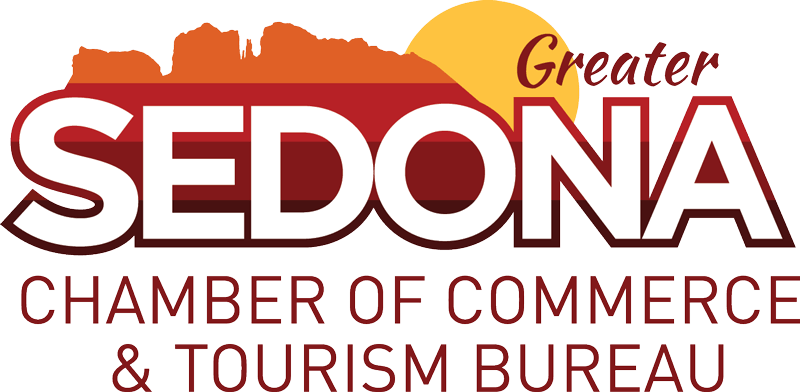 Small Towns, Big Wins in Housing
Small Towns, Big Wins in Housing
The Challenge We Know Too Well
Reprinted from Sedona Red Rock News
By David Key
If you live or work in Sedona, you've seen it firsthand. The views are priceless, but rent is through the roof. Local businesses are short-staffed, workers commute from far away, and families are being pushed out. Sedona is one of many small, beautiful towns grappling with what happens when tourism outpaces housing.
But this story doesn't have to end in gridlock or displacement. Across the country, towns just like Sedona have faced the same problems — and some of them have stepped up with creative, community-driven solutions that are actually working.
Truckee's Workforce Housing Model
Take Truckee, California, a mountain town near Lake Tahoe. Like Sedona, its popularity made housing unaffordable for many locals. In response, Truckee adopted a workforce housing ordinance requiring developers to include affordable units or contribute to a housing fund. They also launched a regional workforce housing agency and invested in new developments like Coldstream Commons, which added nearly 50 affordable rentals for teachers, firefighters, and service workers. The result? Shorter commutes, stronger staffing, and a healthier balance between tourism and local life.
Moab's Short-Term Rental Response
In Moab, Utah, another tourism-heavy town known for its parks and red rocks, the explosion of short-term rentals pushed long-term residents out. City leaders issued a moratorium on new STR licenses and prioritized affordable housing through land trust partnerships and zoning reforms. One standout project, Entrada, delivered over 60 affordable homes, and Moab is seeing signs of renewed stability among its year-round workforce.
Whitefish's Zoning Innovation
Then there's Whitefish, Montana, a ski town that was losing workers to neighboring areas. Whitefish tackled the issue head-on by modernizing its zoning code to allow for accessory dwelling units, small lots, and shared-equity models. Its housing authority worked with the community foundation to support homeownership for working families. These actions didn't change the character of Whitefish; they protected it.
Common Threads in Success
These towns didn't all follow the same playbook, but they shared a few key ideas. They treated housing as vital community infrastructure. They created funding tools, often connected to tourism, to reinvest in housing. They welcomed public-private partnerships and allowed for modest increases in density — like ADUs and mixed-use buildings — that added homes without disrupting the natural or cultural landscape.
Sedona's Path Forward
Sedona's challenges are real, but they're not unique, and they're not irreversible. In fact, many of the strategies used elsewhere could be adapted right here. The City of Sedona has taken steps in the right direction to establish a housing fund, pursue federal tax credits for income-aligned housing, and allow for ADUs, ensuring they are only rented short term if the owner lives in the primary residence. The Verde Valley Community Development Organization (VVCDO) has taken steps to establish a land trust to preserve affordable residences and created a map to help developers identify land they are able to build on. As our region seeks bold solutions, we should eliminate outdated zoning barriers and put visitor dollars to work supporting the people who power our economy.
What's Really at Stake
This is about more than rooftops. It's about the soul of our town, the teachers, artists, firefighters, and shopkeepers who make Sedona vibrant and real. It's about giving people a chance to live near where they work and contribute to the community in lasting ways.
Moving Forward Together
We shouldn't let the idea that "Sedona is different" stop us from making progress. Our landscape is unique, but our values aren't. We care about community, resilience, and the people who call this place home. Other small towns have found a path forward. So can we.

 Small Towns, Big Wins in Housing
Small Towns, Big Wins in Housing